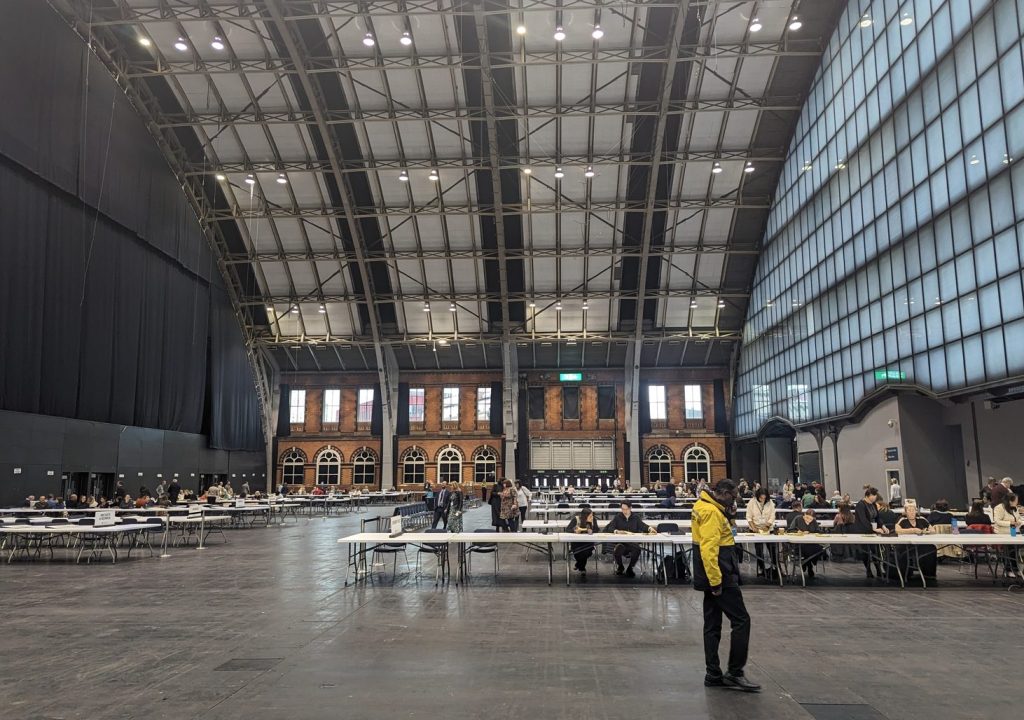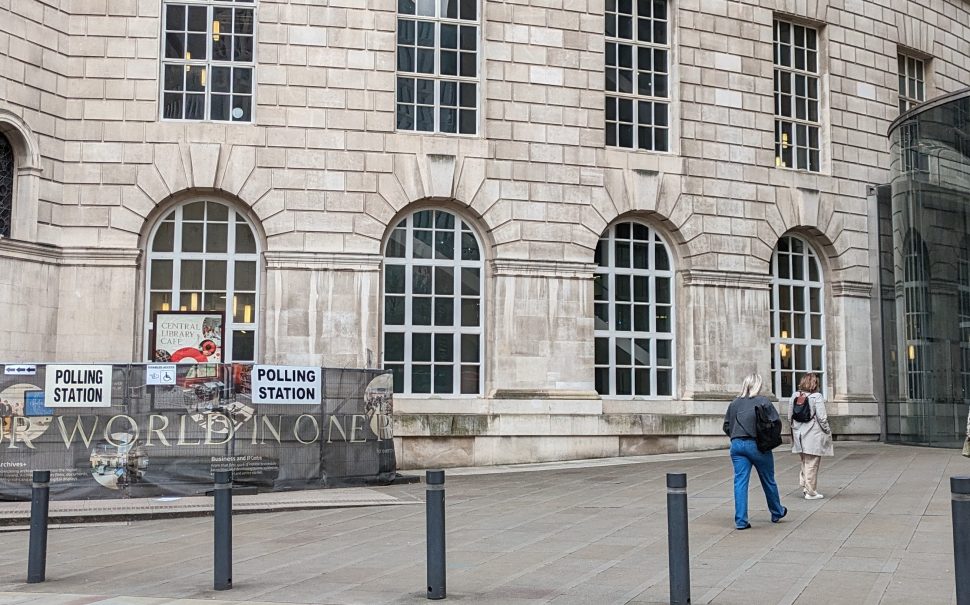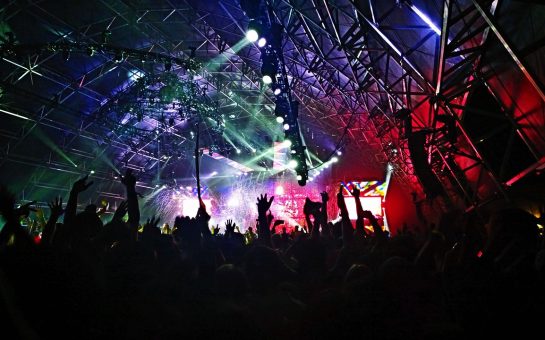Voter turnout for the Greater Manchester mayoral elections this year fell in every single borough.
Andy Burnham had a comfortable win in the elections on 2nd May, winning 63.4% of the vote with over 470,000 votes. His closest runner up, Conservative candidate Laura Evans, won just under 69,000.
At the time, Mr Burnham said: “Being elected to represent [Greater Manchester] for the third time means absolutely everything to me.
“I will take this result as an emphatic endorsement of the change we are bringing.”
Most polling predicts a similar Labour landslide in the upcoming general election on 4 July.
But despite Burnham’s success, voter turnout this year was down across the board compared with the previous mayoral election in 2021.
The biggest fall was in Bolton, which saw a drop of 11.6% in voter turnout.
The borough with the highest turnout was Trafford, with 44.9% of the electorate placing a cross in the ballot box. Lowest was Salford with just 26.6%.
Voter turnout represents the number of people who actually voted in an election compared with the number of people eligible to vote – otherwise known as the electorate.
The Local Government Information Unit called it “an important indicator of participation in democracy”, that can determine a democracy’s so-called health.
It is usually lower in local elections compared with national (general) ones, despite the fact that it is local council decisions and policy – public transport, roads, parking, planning, bins – that have arguably the greatest direct impact on people’s day-to-day lives.
In an article in April the LGiU said: “There is an integral myth in society that local elections don’t have as much impact on people’s lives as national elections do, and therefore, many feel that participating in them is not a priority.
“As we know, this couldn’t be further from the truth. Local councils and councillors hold authority over a range of critical services and amenities that communities rely on every single day.”

The idea of a directly elected ‘metro-mayor’ for the region was first put forth by George Osborne in 2014. The first elections were held in May 2017, with Burnham winning 63.4% of the vote then.
Mayors are elected every three years and sit on a cabinet with the council leader from each of the 10 boroughs, making up the Greater Manchester Combined Authority.
Thanks to increased devolution of powers to England’s major cities since the mid 2010s, the remit of Burnham and his cabinet is considerable, encompassing public transport, housing, police and fire, skills, and the NHS budget.
Average turnout for the inaugural mayoral election was 28.9% – it has risen since then, reaching 32% in 2024.
Predicting general election outcomes from local elections can be a tricky affair, as the political boundaries differ between ward and constituency. But the tide of support for Labour could be an indication of how Greater Manchester will vote on 4 July.
A YouGov poll from June 1st predicted that of the 27 constituencies in Greater Manchester, Labour will win 25 – with the final 2 going to the Liberal Democrats.
Image Credit: Mancunian Matters




